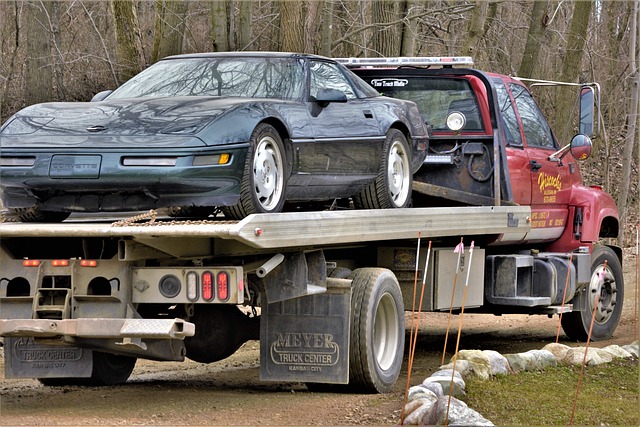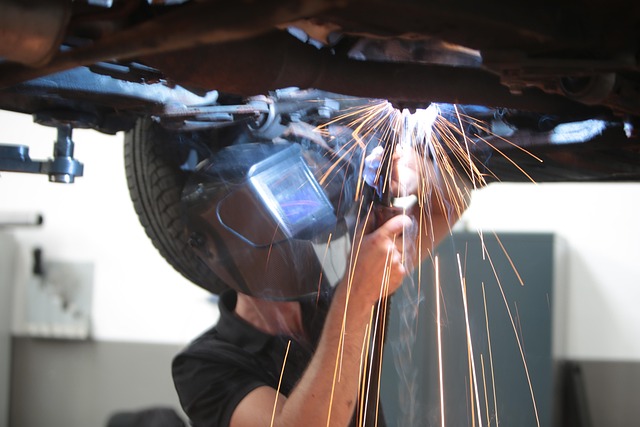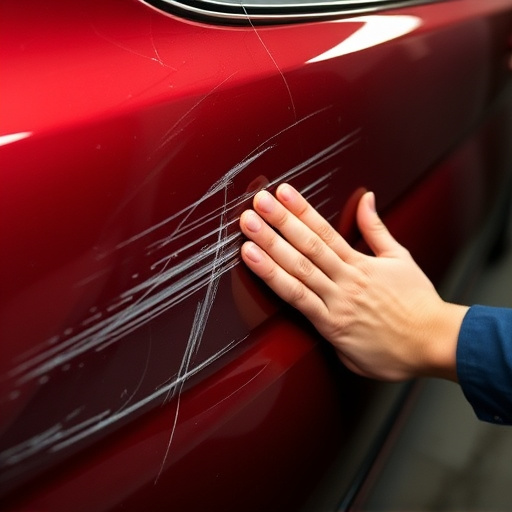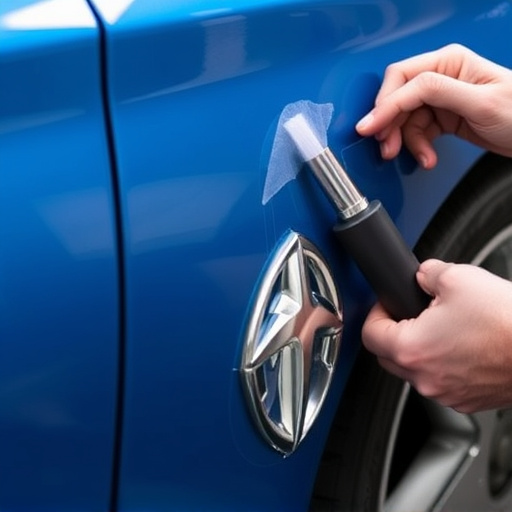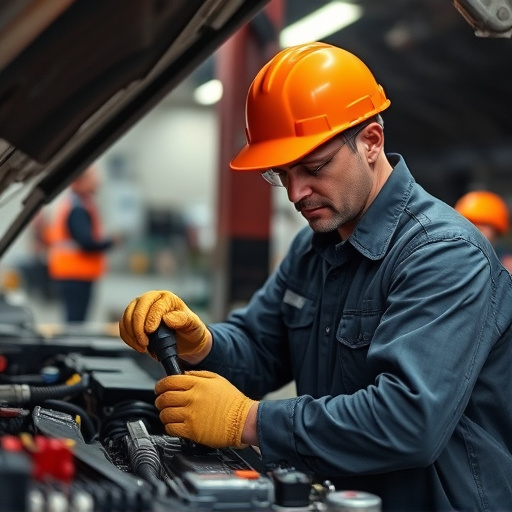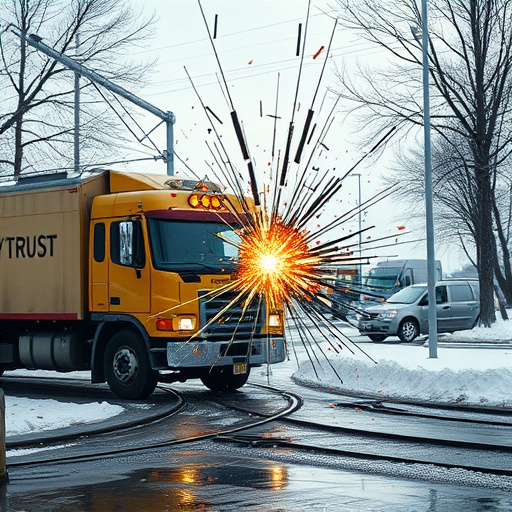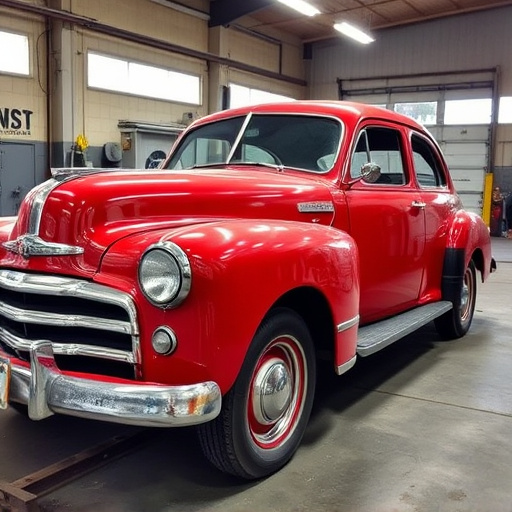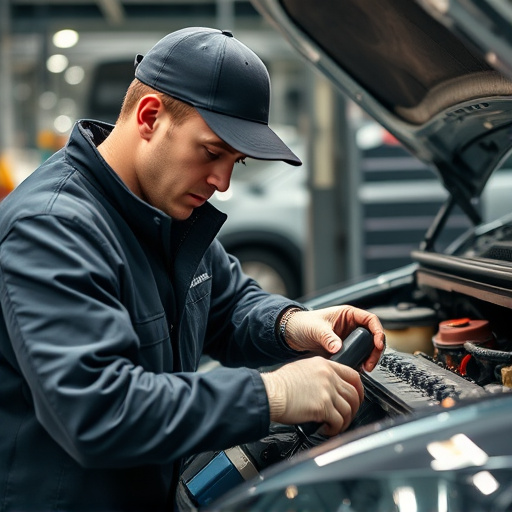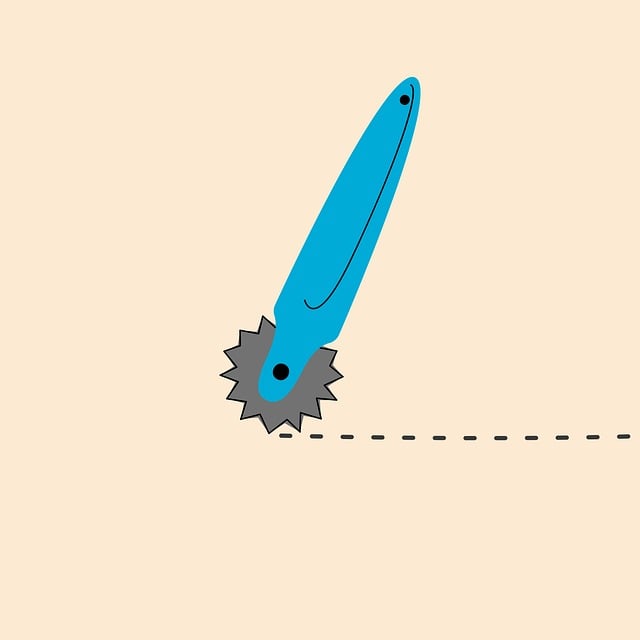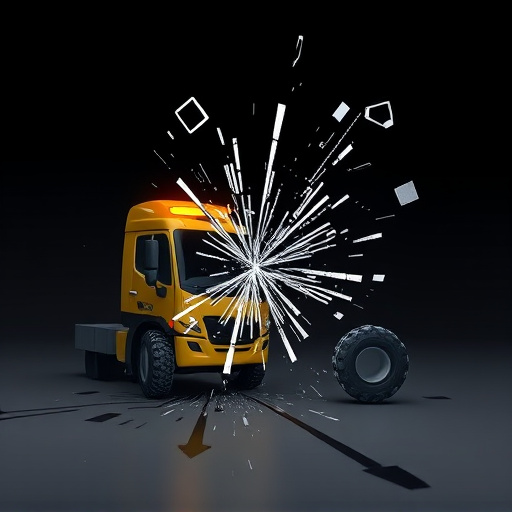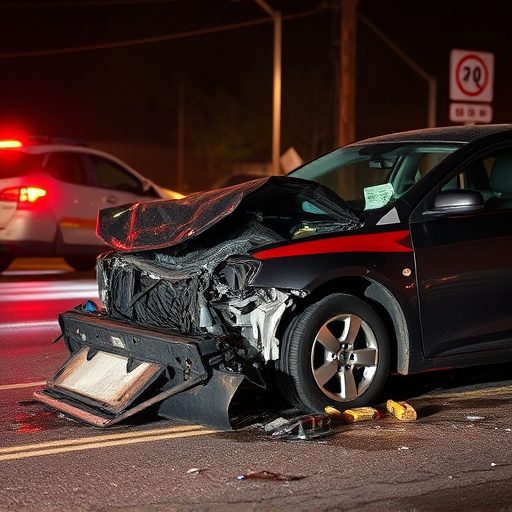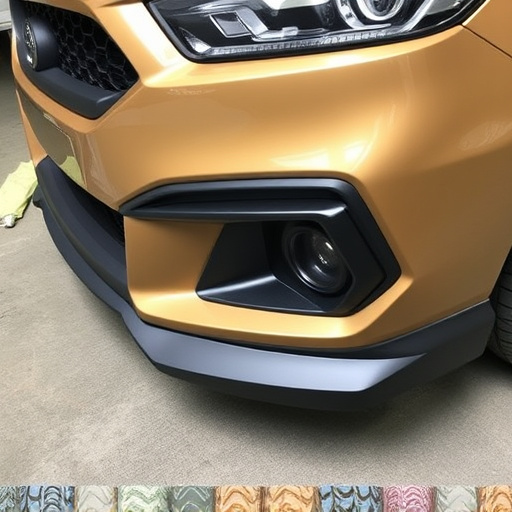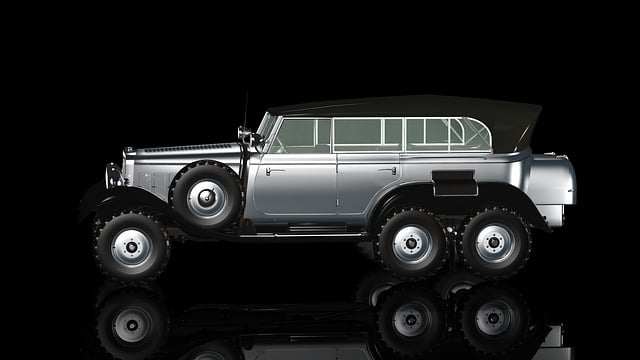Driveshaft collision repair is crucial for safe and effective post-crash vehicle restoration. Damage can range from bent axes to internal structural failures, requiring specialized tools and knowledge to assess accurately. While DIY methods exist for minor damage, severe cases necessitate professional repair to prevent secondary complications affecting other repairs. Professionals use advanced equipment and expertise to ensure optimal driveshaft function, uncover hidden issues, and provide guidance on performance upgrades, enhancing safety and reliability beyond pre-crash standards.
After a crash, driveshaft damage can be severe. Choosing between DIY driveshaft repair or professional services is crucial. This article breaks down your options, offering insights into understanding driveshaft damage, the tools needed for DIY repairs, and highlighting the advantages of professional expertise. Whether you opt to tackle it yourself or seek specialist help, knowing the pros and cons of each approach will ensure a safe and effective driveshaft collision repair.
- Understanding Driveshaft Damage After a Crash
- Tools and Skills Required for DIY Repair
- Professional Expertise: Advantages and Benefits
Understanding Driveshaft Damage After a Crash
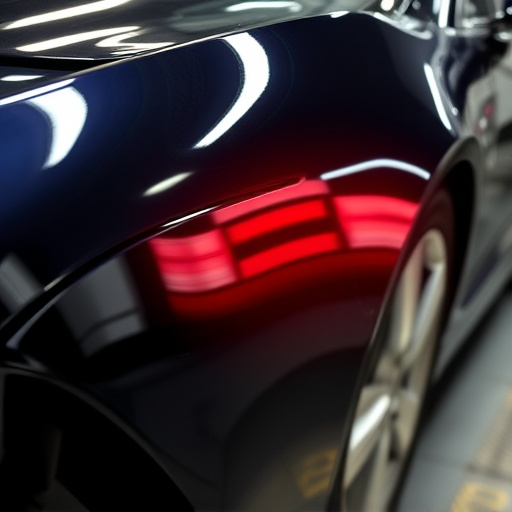
After a crash, understanding driveshaft damage is crucial for effective collision repair. Driveshafts are integral components that transmit power from your vehicle’s engine to the wheels, making their integrity essential for safe and efficient driving. In the event of a collision, driveshafts can suffer various types of damage, ranging from bent or broken axes to internal structural failures. Recognizing these issues is vital; attempting to drive a vehicle with damaged driveshaft components can lead to further complications, including loss of control and increased risk of secondary accidents.
Proper evaluation involves a comprehensive inspection that considers not just the driveshaft itself but also related systems like differentials and u-joints. While some minor driveshaft damage might be addressable through DIY methods, such as straightening or replacing u-joints, more severe cases often require professional intervention. Professional driveshaft collision repair ensures accurate diagnosis, utilizing specialized equipment to detect even subtle misalignments or internal wear that could escape amateur eyes. This expertise is particularly important when dealing with complex drive train systems, where incorrect repairs can have cascading effects on other components like bumper repair, vehicle paint repair, and scratch repair.
Tools and Skills Required for DIY Repair
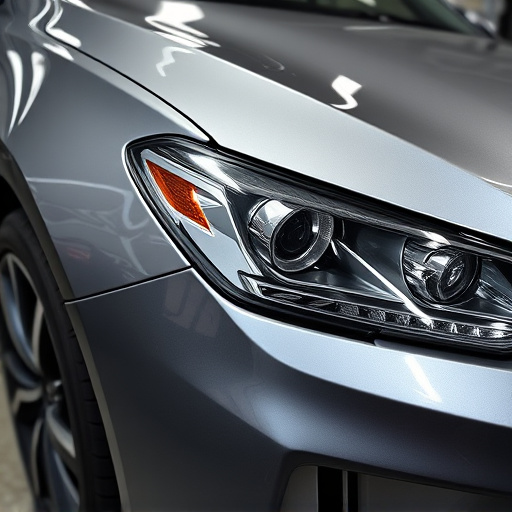
Driveshaft collision repair is a complex task that requires a specific set of tools and skills to achieve successful DIY outcomes. Before attempting any car collision repair, especially for more intricate parts like the driveshaft, ensure you have the necessary equipment at hand. Basic tools include jack stands, wrenches, sockets, ratchets, and torque wrenches for disassembly and reassembly. Specialized tools such as pullers or press tools might be needed to safely remove and install damaged components.
For effective driveshaft repair, knowledge of automotive mechanics is essential. Understanding the car’s drivetrain, differential, and transmission systems is crucial. Those considering DIY repairs should have experience working on similar mechanical parts and a solid grasp of safety procedures for handling heavy components. Fleet repair services or Mercedes-Benz collision repair shops, for instance, often employ technicians specialized in complex driveshaft repairs, ensuring precision and safety in their work.
Professional Expertise: Advantages and Benefits
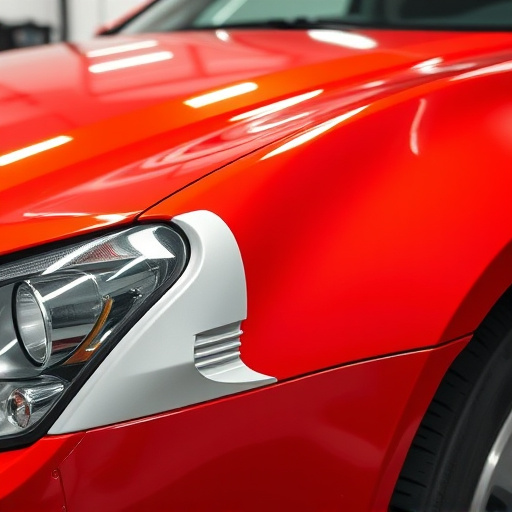
When it comes to driveshaft collision repair after an accident, engaging professional expertise offers numerous advantages and benefits. Experts in this field have extensive knowledge and experience in dealing with complex drivetrain systems. They understand that a driveshaft is a critical component, connecting the transmission to the wheels, and any damage can significantly impact vehicle performance and safety. Professionals employ specialized tools and techniques tailored for precise repair, ensuring the driveshaft functions optimally after a crash.
Unlike DIY approaches, professional auto repair services include comprehensive assessments, identifying potential hidden issues. They go beyond surface-level repairs, addressing structural integrity to prevent future problems. Moreover, professional mechanics can provide advice on upgrading components for enhanced durability and performance, something an amateur might overlook. This expertise is invaluable when dealing with intricate driveshaft collision repair, ensuring the vehicle returns to its pre-crash condition or even surpasses it in terms of reliability and safety.
When it comes to driveshaft collision repair, deciding between DIY and professional services depends on your comfort level with mechanical tasks and access to specialized tools. While DIY repair can be cost-effective for minor issues, complex damage often requires professional expertise. A qualified mechanic ensures accurate diagnosis, safe disassembly, and proper reinstallation, minimizing the risk of further damage. For comprehensive driveshaft collision repair, relying on a professional’s skill set is advisable, ensuring your vehicle returns to its pre-crash condition.
